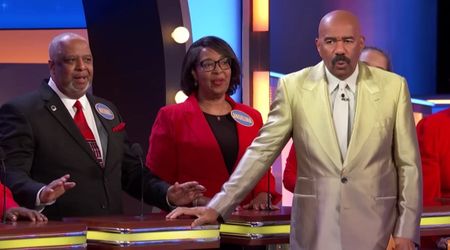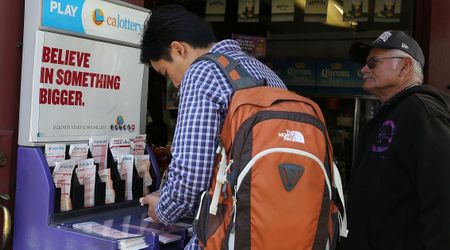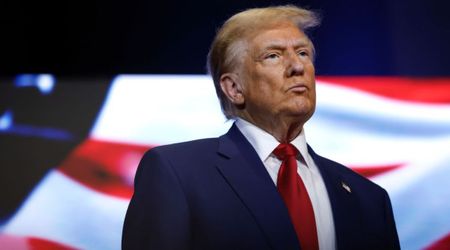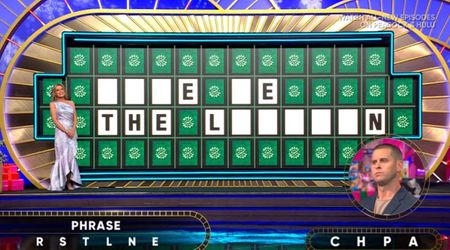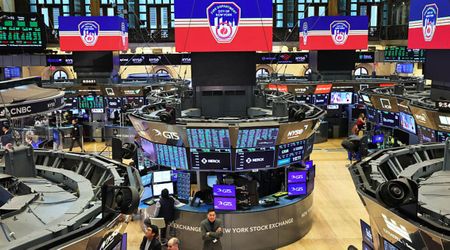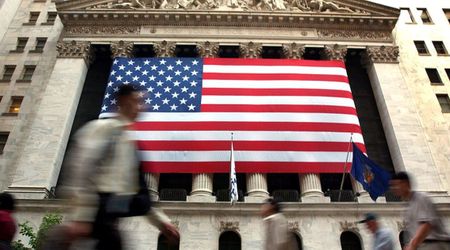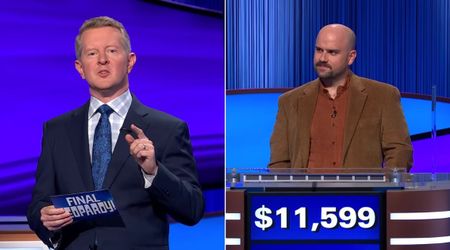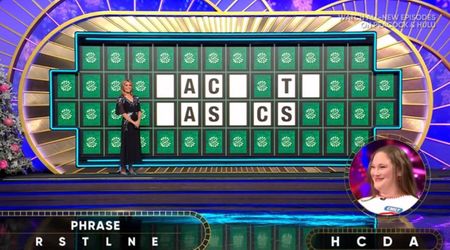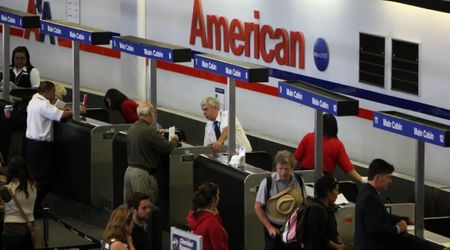Could that $2 bill in your wallet be worth thousands? Here's what you need to look for

If you have old $2 bills lying around in your house, here's some good news, those bills could be worth thousands of dollars now. Yes, some newer bills such as the ones printed back in 2003, could be of great value. According to Heritage Auctions, the largest auction house in the world that deals with currency, a $2 bill from 2004, with a very rare serial number, was sold at an auction for $2,400. Later, it was resold for $4,000.
"On June 25, 1776, the Continental Congress authorized issuance of the $2 denominations in 'bills of credit' for the defense of America," the U.S. Currency Education Program said.
The auction house said that these uncirculated $2 bills from nearly every year up to 1917 are worth more than $1,000 each. So, if you have a $2 bill with a red seal, you can sell it for up to $2,500, and if you have one of those bills that has a brown or blue seal, it could be worth even more.

As per CBS, there's an 1869 $2 Legal Tender note, which is known as Rainbow Note among collectors and enthusiasts, which can fetch more than $3,000. The bill can also be found on platforms like eBay, for $7,999. As per Wealthynickel, some dollar bills printed between 2014 and 2016 feature a mistake from the US Bureau of Engraving and Printing that could make them worth $150,000 by collectors.
How to Tell What Your $1 and $2 Bills Are Worth?
According to WealthyNickel, you need to look for the series date located on the far right of the photograph of George Washington. It must read, “Series 2013." The bills also need to have a "B" Federal Reserve Seal above the serial number located on the right side of the photo. The series number ends with a (★) and must fall between B00000001★ – B00250000★ or B03200001★-B09600000★, via NBC Los Angeles.
“It’s very rare that the Federal Reserve would mess up an order, and then it reaches circulation," Chad Hawk, vice president of PMG, a professional paper money grading company headquartered in Sarasota, Florida, told Fox Business. This is exactly why these bills hold so much value.

“You just don’t see that error in U.S. currency," he added. The sets of $1 bills were printed — one in 2014 and another in 2016, feature these errors which sent in more than 6 million misprinted $1 bills into circulation before the mistake was found.
"In 2014 and 2016, there were orders sent by the Federal Reserve to facilities in both D.C. and Fort Worth to go ahead [and] print the [same] serial numbers," Hawk added. "So all the notes were $1 bills from New York [in] 2013, which, for your normal circulated currency in your wallet, would just be a normal $1 bill," he said.
Apart from this, another factor that may contribute to the value of the bills is the condition that they are in. According to sources, some local dealers have currency graded through companies like PMG or PCGS, via NY Post.
This article originally appeared 3 months ago.
